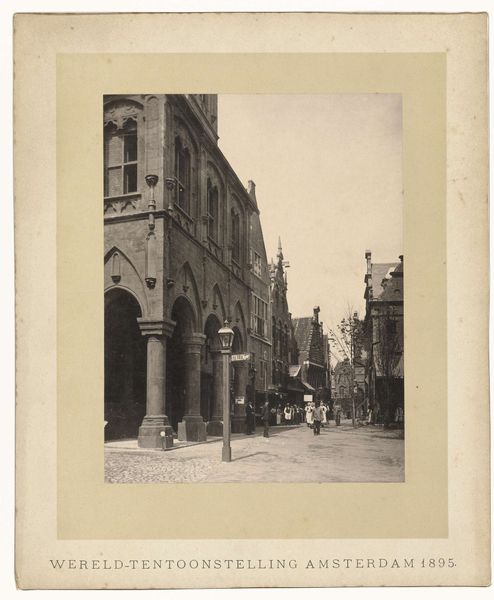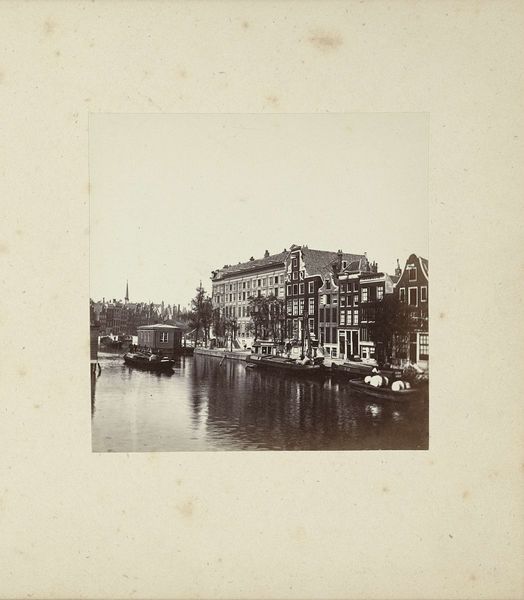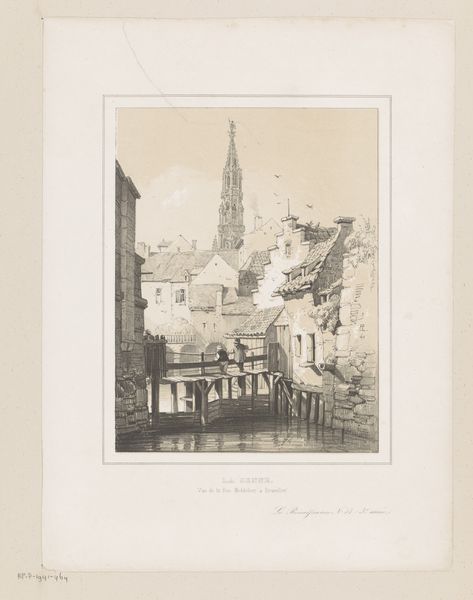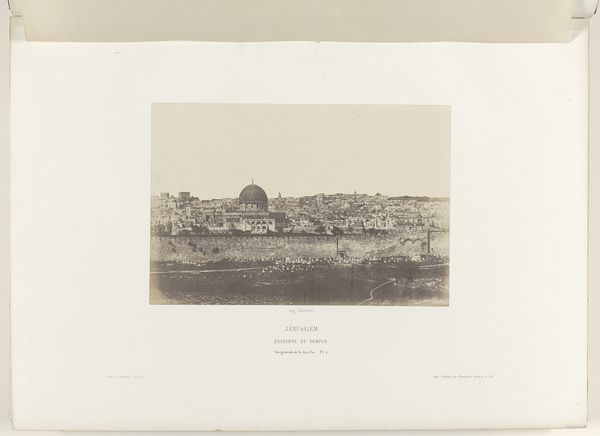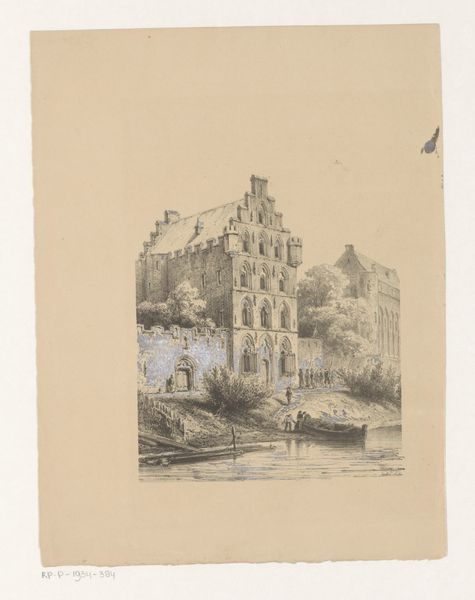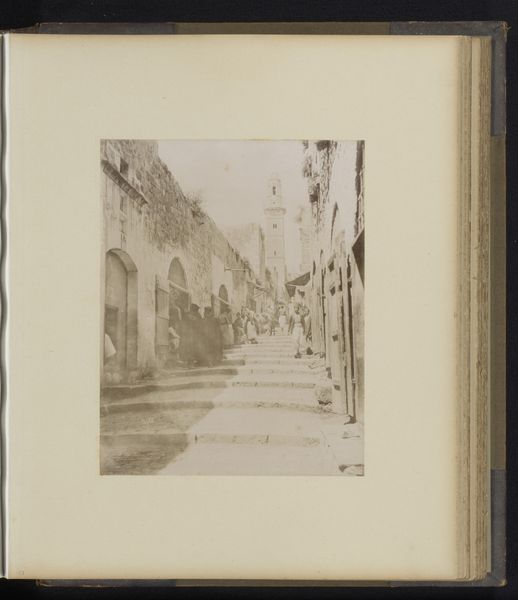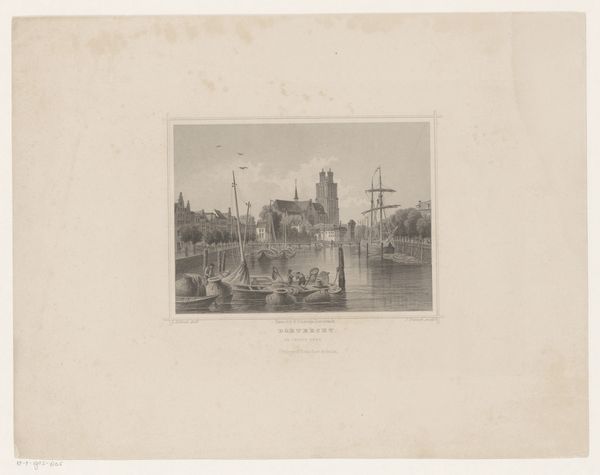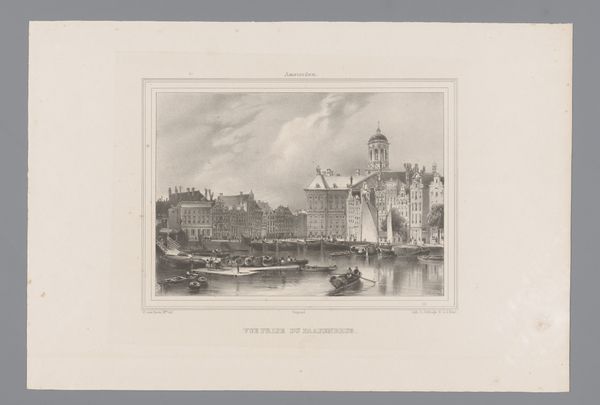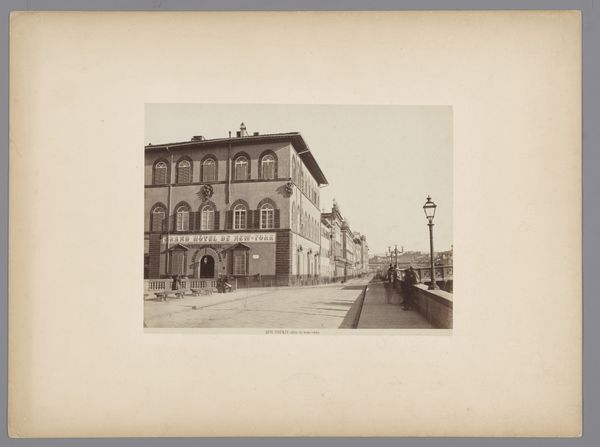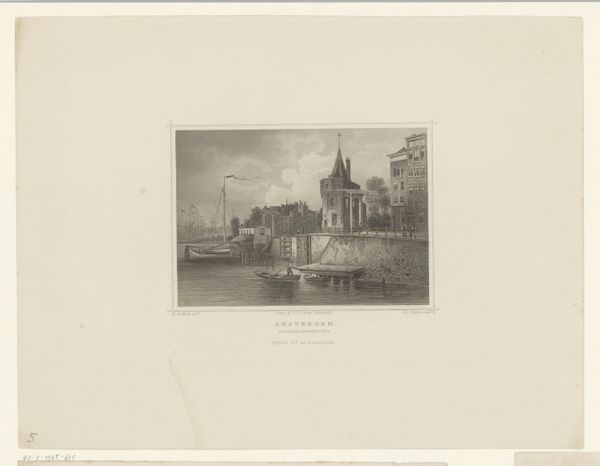
Dimensions: 16.6 × 12.4 cm (image/paper); 21.1 × 17.4 cm (first mount); 27.8 × 23.7 cm (second mount)
Copyright: Public Domain
Editor: Here we have Charles Soulier's "Paris Fire (Place de Saint-Cloud)," a gelatin silver print from 1871. It’s rather devastating, capturing what looks like the aftermath of a fire. The image shows a ruined cityscape, dominated by a church spire in the background. What stories do you think this image is trying to convey? Curator: The ruined cityscape is a powerful symbol itself. It's not just depicting physical destruction, it's about the collective trauma, societal disruption, and lost ideals that follow conflict. The soaring spire of the church seems to me to represent resilience and hope amidst the devastation. Does its presence perhaps imply the endurance of faith or moral values in the face of chaos? Editor: That's interesting. I hadn't really considered the church in that light, focusing more on the ruin. But I see what you mean. It almost feels like a visual anchor. The light falling upon the street also creates symbolic connotations of better times returning soon. Curator: The street's visual aspect cannot be dismissed in photographic pieces such as this. Look closely. The emptiness adds another layer. This desolate scene invokes loneliness, abandonment, and perhaps the fear of what's to come, but what I believe this symbolizes is that the past events will pave the path of a newer and hopefully better future. This stark imagery connects with many post-conflict narratives. What would you say? Editor: I think so! It almost feels like the photographer is encouraging us to look to the future by understanding past failures. Thank you. That perspective gives me much to think about. Curator: My pleasure. Hopefully, it inspires you to think about the endurance of symbols and cultural memory beyond initial representations of trauma!
Comments
No comments
Be the first to comment and join the conversation on the ultimate creative platform.
